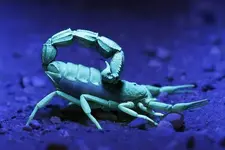ivan salis
Platinum Member
- Joined
- Feb 5, 2007
- Messages
- 16,794
- Reaction score
- 3,812
- Golden Thread
- 0
- Location
- callahan,fl
- 🏆 Honorable Mentions:
- 1
- Detector(s) used
- delta 4000 / ace 250 - used BH and many others too
- #1
Thread Owner
its well known that emeralds "glow" under the effects of a blacklight ---so if one was to use a powerful blacklight on a moonless night on the 1715 fleet shipwreck beaches ---I wonder what one might find?




